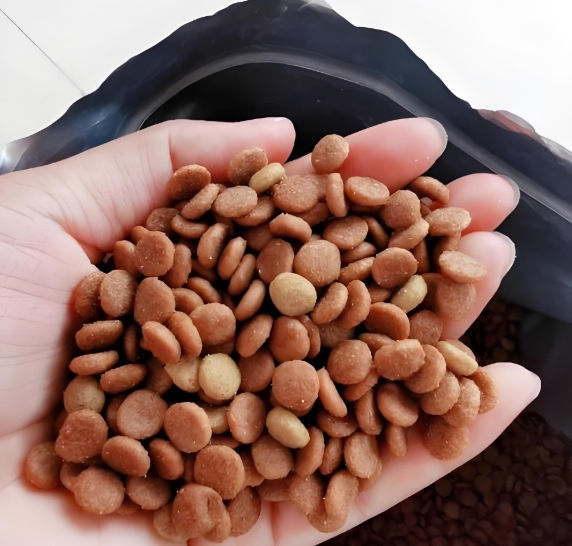Derrière le bol : La science et le processus de production commerciale d'aliments pour chiens
For many pet owners, pouring kibble into a bowl is a daily ritual. But behind those uniform brown pellets lies a sophisticated industrial process designed to transform raw agricultural ingredients into nutritionally complete and shelf-stable food. The production of commercial dog food is a blend of nutritional science, engineering, and stringent safety protocols. Here’s an inside look at how it’s made.
Step 1: Formulation: The Science of Nutrition
It all begins in the laboratory. Canine nutritionists formulate recipes to meet specific nutritional standards (such as AAFCO guidelines). Key ingredients include:
- Sources de protéines : Meat meals (chicken, beef, fish), animal by-products, and plant-based proteins like corn gluten or soybean meal.
- Glucides : Grains (corn, wheat, rice) or grain-free alternatives (potatoes, peas, lentils).
- Les graisses : Animal fats, vegetable oils, and omega-3/6 supplements.
- Vitamins & Minerals: Precise blends of calcium, phosphorus, taurine, and other essential nutrients.
- Preservatives: Natural (mixed tocopherols) or synthetic antioxidants to prevent spoilage.
Step 2: Ingredient Preparation and Grinding
Raw ingredients arrive in bulk and are prepared for processing:
- Meat Processing: Fresh meats are ground into a slurry or rendered into “meal” (dehydrated protein powder).
- Broyage : Dry ingredients (grains, legumes) are crushed into a fine powder using hammer mills. This ensures uniformity and improves digestibility.
Step 3: Mixing and Blending
The ground ingredients are combined in industrial mixers:
- Precise Ratios: Liquid fats, vitamins, and mineral premixes are added to dry ingredients.
- Homogeneity: The mixture is blended until perfectly uniform—critical for ensuring every kibble contains balanced nutrition.
Step 4: The Heart of the Process: Extrusion and Cooking
This is where kibble gets its shape and digestibility:
- Conditionnement : The blended mix is preheated with steam to hydrate and partially cook it.
- Extrusion : The dough is forced through a machine called an extrudeuse. Under high heat and pressure, the starch gelatinizes and the protein denatures.
- Shaping: As the paste exits the extruder through a die, it’s cut into precise pellet shapes by rotating blades.
- Expansion : The sudden pressure drop causes the pellets to “puff” into porous kibble.
Étape 5 : Séchage et refroidissement
The moist, soft kibble is then:
- Dried: Passed through an oven to reduce moisture content to ~10%, preventing mold and bacterial growth.
- Cooled: chilled to room temperature using air circulation.
Step 6: Coating and Flavor Enhancement
To make the food palatable, kibble is coated with a flavor “palatant”:
- Fat Spray: Liquid animal fats or oils are sprayed onto the kibble.
- Digest Spray: Protein-rich animal “digests” (enzymatically broken-down tissues) are added for aroma and taste.
Step 7: Packaging and Quality Control
- Automated Packaging: Kibble is weighed and sealed in bags with barrier materials to prevent oxidation.
- Rinçage à l'azote : Some manufacturers inject nitrogen to displace oxygen, preserving freshness.
- Contrôles de qualité : Every batch is tested for nutrients, pathogens (e.g., Salmonella), and contaminants.
Wet Food and Alternative Processes
- Wet Food: Ingredients are mixed, cooked in a retort (high-pressure sterilizer), and sealed in cans or pouches.
- Freeze-Dried: Raw ingredients are frozen and dehydrated under vacuum, preserving nutrients without high-heat cooking.
Conclusion: More Than Just Kibble
Dog food production is a precision-driven science balancing nutrition, safety, and palatability. While the term “by-products” or “meal” may sound unappealing to humans, these ingredients provide sustainable, nutrient-dense profiles tailored to canine biology. The next time you fill your dog’s bowl, remember: those kibbles are the result of decades of research and engineering designed to keep pets healthy and thriving.








